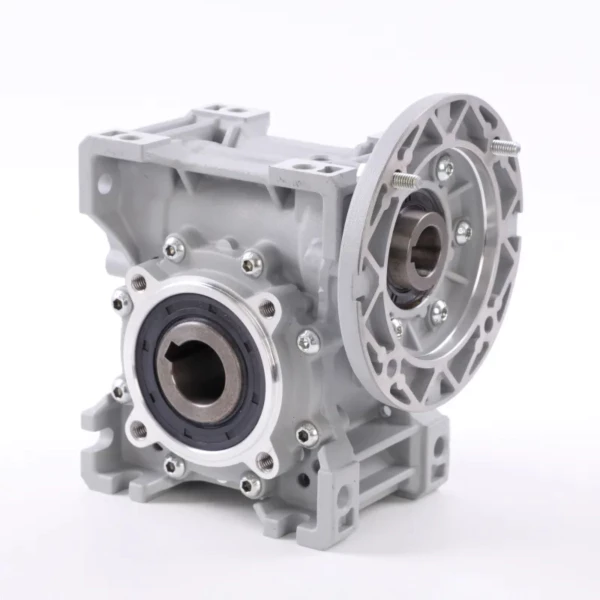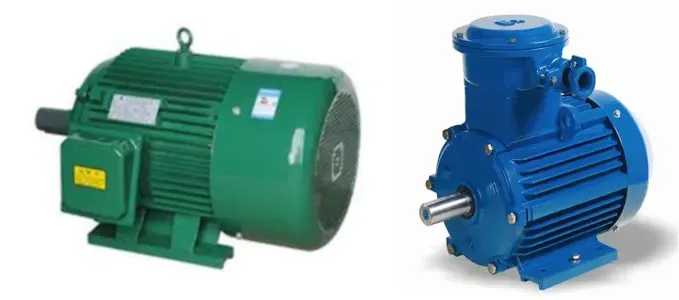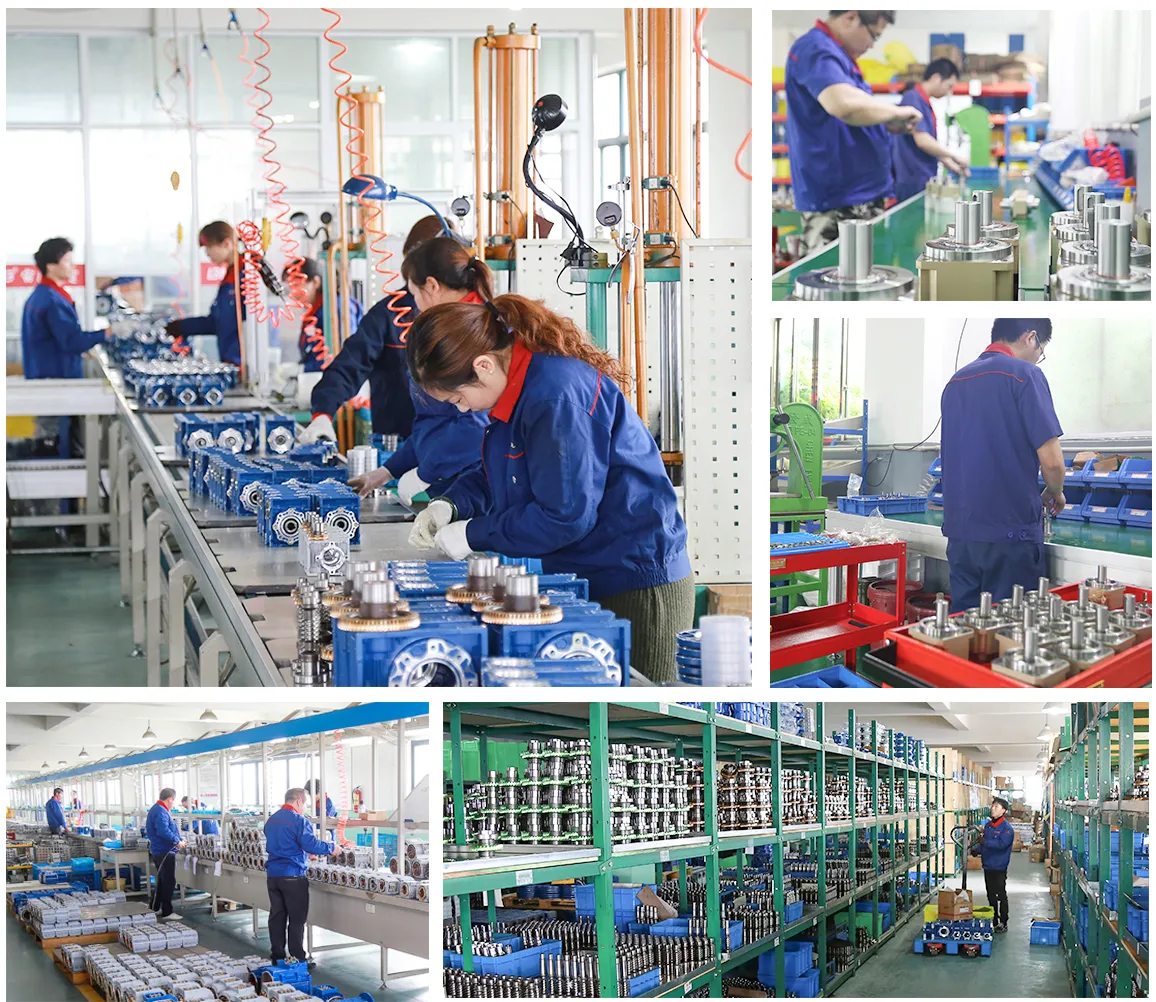
Worm Gearbox for Observatory Telescopes
The world of astronomy and telescoping has seen significant advancements due to technological innovations like the worm gearbox. This article delves into the workings, structure, benefits, and applications of worm gearboxes, particularly in observatory telescopes.
Understanding the Worm Gearbox and its Importance
A worm gearbox, also known as a worm drive reducer, is a type of gear system that consists of a worm (screw) and a worm gear (similar to a spur gear). It plays an integral role in many industrial and mechanical applications, including observatory telescopes, due to its ability to provide high torque output, precise rotational speed control, and compact size. In the context of observatory telescopes, worm gearboxes are essential for precise and smooth positioning of the telescope, allowing astronomers to accurately track celestial bodies.
Working Principle of a Worm Gear Reducer
The worm gear reducer operates based on the meshing relationship between the worm and the worm gear. The worm, which is the driving component, has threads that mesh with the teeth of the worm gear to transmit rotation. The design of the worm gear reducer allows for large speed reduction ratios in a compact size, making it ideal for applications like observatory telescopes where space is limited.
Structure and Components of Worm Gearbox
Worm Gear
The worm gear is the primary output element of the gearbox. It meshes with the worm to transmit motion and power.
Worm
The worm is the input element of the gearbox and is typically connected to a motor. Its threads engage with the teeth of the worm gear to drive it.
Input Shaft
The input shaft is connected to the worm and transfers the drive motor's motion to the worm.
Output Shaft
The output shaft is connected to the worm gear. It transfers the motion and power from the worm gear to the driven machinery, in this case, the telescope.
Why Worm Gearbox Suits Observatory Telescopes
The worm gearbox is an ideal choice for observatory telescopes due to several reasons:
- High Precision: Worm gearboxes offer high precision, which is essential in telescopes that require accurate tracking and positioning.
- Smooth Operation: They provide smooth and quiet operation, an important factor in observatory environments.
- High Torque: They can handle high torque loads, which is beneficial for heavy-duty telescopes.
- Compact Size: Their compact size allows them to fit well within the limited space of the telescope structure.
- Large Reduction Ratios: They offer large reduction ratios, enabling slow and precise movement of the telescope.
Features and Advantages of Worm Gear Motor
Worm gear motors are known for their distinct features and advantages such as:
- Efficiency: They are highly efficient in reducing rotational speed and increasing torque.
- Durability: They are robust and durable, ensuring a long lifespan.
- Maintenance: They require minimal maintenance.
- Cost: They are cost-effective, offering great value for money.
- Versatility: They are versatile and can be used in various applications, including telescopes.
Choosing the Right Worm Reducer for Observatory Telescopes
When selecting a worm reducer for an observatory telescope, several factors need to be considered:
- Size: The reducer must fit within the space constraints of the telescope.
- Weight: It should be lightweight to avoid adding unnecessary weight to the telescope.
- Torque: It must be capable of handling the torque requirements of the telescope.
- Speed: It should provide the right speed reduction ratio for precise control.
- Reliability: It should be reliable and durable for long-term use.
Motors for Worm Gear Reducers
Electric motors play a crucial role in driving worm gear reducers. Their rotational motion is transferred to the worm, which in turn drives the worm gear. The synergy between electric motors and worm gear reducers ensures efficient and precise operation of applications like observatory telescopes. Our company also offers matching electric motors for sale.


About Our Company and Worm Gearboxes
We are an experienced transmission equipment manufacturer with over 15 years of experience in the design, production, and sales of gearboxes. We serve customers worldwide, particularly in Europe and America, with our high-quality, energy-efficient, and stable products. We offer a range of products, including the MRV series worm gear reducer that is widely used in observatory telescopes and other industries.
We invite you to explore our worm gearboxes and contact us for purchases. Our competitive prices, superior product quality, and excellent customer service make us a preferred choice for many customers.

FAQs
Q1: What is the main function of a worm gearbox in an observatory telescope?
A: The worm gearbox enables accurate and smooth positioning of the telescope, allowing astronomers to track celestial bodies precisely.
Q2: Why is a worm gearbox preferred over other types of gearboxes for observatory telescopes?
A: Worm gearboxes offer high precision, smooth operation, high torque, compact size, and large reduction ratios, making them ideal for observatory telescopes.
Q3: How do I choose the right worm reducer for my telescope?
A: Consider factors like size, weight, torque, speed, and reliability when choosing a worm reducer for your telescope.
Edited by Zqq.
